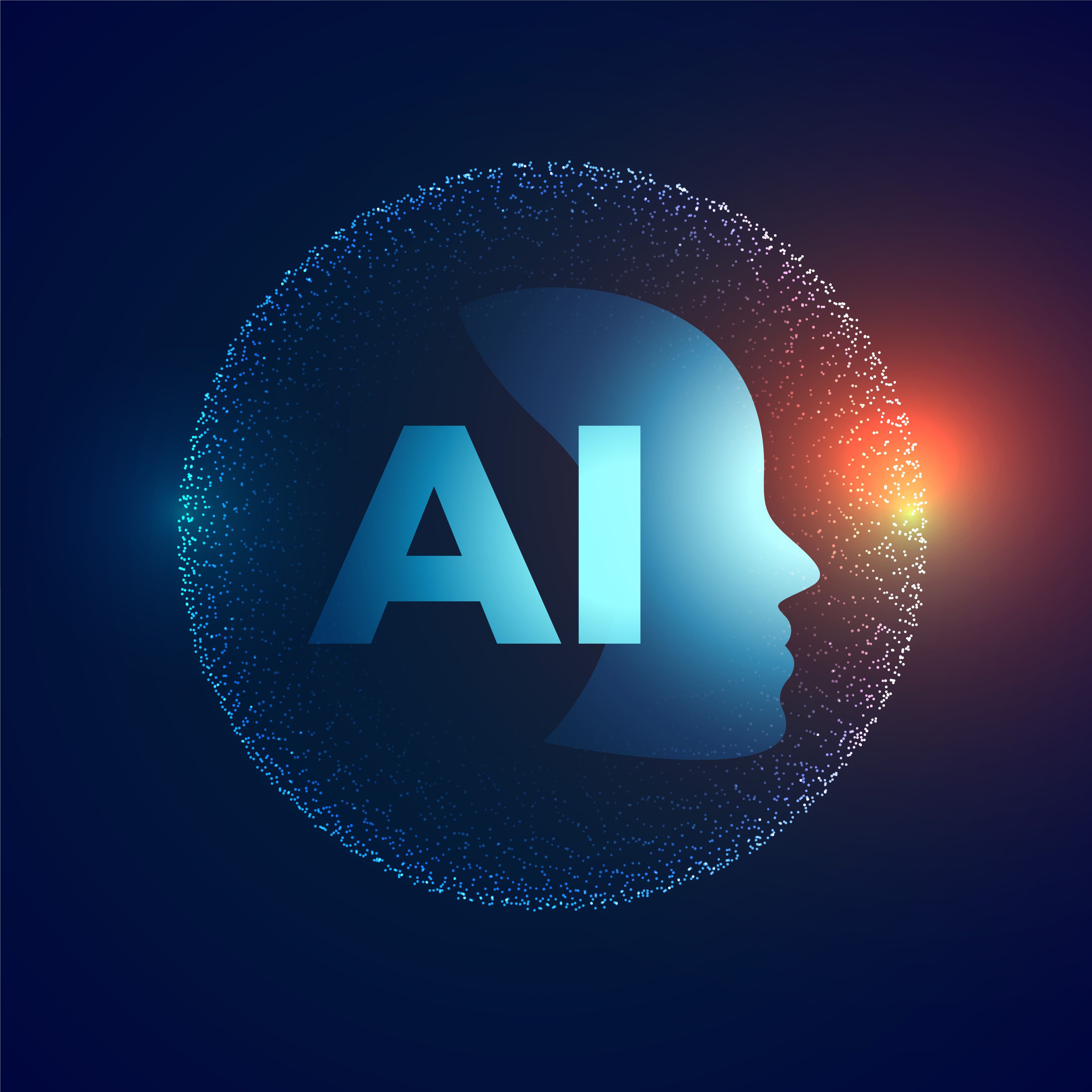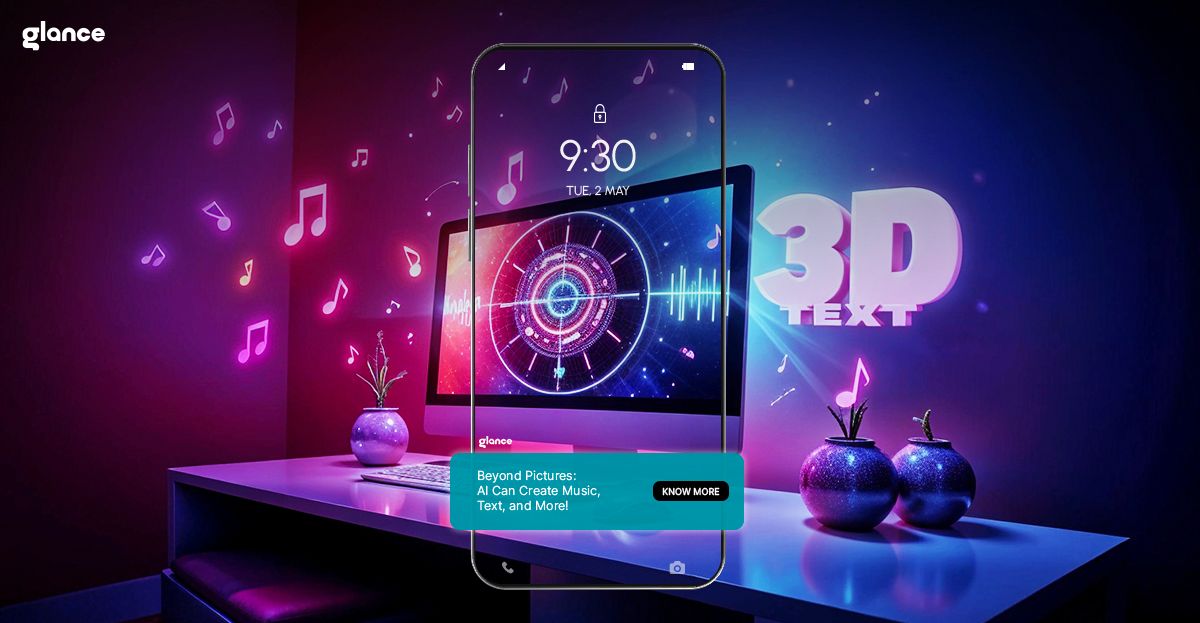5 Ways You’re Using Generative AI Daily Without Knowing It
Generative AI: Can It Replace Humans, Create Videos, Write Code, and More?


What do you think an algorithm could one day replace your creative work?
Lately, you’ve probably noticed AI-generated art flooding social media—vivid, imaginative pieces that mirror the aesthetic of Studio Ghibli. Such trends are more than just viral moments; they’re clear indicators of how far generative AI has come. Companies are now using these tools to create content at a scale and speed previously unimaginable.
But with these advancements, questions arise. Can generative AI truly replace human creativity? Is it capable of doing everything from generating videos and writing code to creating engaging articles just like we humans? The answer isn’t black and white, and it invites us to think about what makes human creativity so unique. Can AI replace humans? Or does it simply empower us to do more, faster, and better?
In this blog, we’ll dive into these questions, explore how generative AI is reshaping various industries, and uncover why, despite its impressive capabilities, it’s not the doomsday tool some fear.
What Is Generative AI?
Generative AI is a type of artificial intelligence that doesn’t just analyze data—it creates. It learns from massive datasets and uses that knowledge to generate new content, whether it’s text, images, videos, or even code. Think of it as an incredibly talented creative partner that can draft a poem, design digital art, or come up with a piece of code, all based on the examples it has seen.
What All Gen AI Does?
Generative AI is transforming various industries by automating tasks and enhancing creativity. Here are some of its key capabilities:
1. Create Videos
AI video generators like Runway's Gen-4 model allow users to produce videos from text prompts or images, specifying elements such as camera angles and atmospheric effects. This technology streamlines video production for content creators and marketers.
2. Software Development Lifecycle (SDLC)
In software development, generative AI assists in various phases, including requirement analysis, design, coding, testing, deployment, and maintenance. It automates repetitive tasks and provides intelligent insights, enhancing productivity.
3. Generate Code
Tools like GitHub Copilot utilize AI to suggest code snippets or entire functions based on natural language prompts, accelerating development and aiding in learning new programming languages.
4. Write Case Studies, Blogs, and Poems
AI models can generate human-like text, assisting in drafting detailed case studies, engaging blog posts, or creative poetry, thus streamlining content creation processes.
5. Generate Images
Generative AI can create visuals from textual descriptions or existing styles and is widely used in design, advertising, and entertainment to produce high-quality images. For example, ChatGPT recently enabled users to explore a new generation of image horizons through an action figure trend and Ghibli art-inspired images, showcasing its power to transform creative ideas into stunning visuals.
6. Compose Music
AI algorithms can generate original music compositions by analyzing existing music patterns, helping musicians and composers create new melodies and harmonies. For instance, American singer-songwriter Taryn Southern composed and produced an album entirely using AI—titled I Am AI—by utilizing tools such as IBM's Watson Beat, Amper, AIVA, and Google Magenta.
7. Design Products
In product design, generative AI explores numerous possibilities and optimizes for specific constraints, leading to innovative and functional designs. For example, Levi’s uses generative AI to simulate different denim cuts, stitching patterns, and fabric drape scenarios. This allows them to quickly prototype and refine new jeans designs, optimizing for both style and material efficiency while reducing waste before physical production begins.
8. Enhance Customer Service
Generative AI powers chatbots and virtual assistants, providing prompt and accurate responses to customer inquiries, improving customer satisfaction, and allowing human agents to focus on more complex issues.
Can Generative AI Replace Humans?
There’s a lot of buzz—and a fair share of concern—about AI taking over jobs or even creative roles.so, will this AI replace humans?
According to a recent Harvard Business Review article, “AI Won’t Replace Humans, But Humans With AI Will Replace Humans Without AI.” In simple terms, generative AI is not about replacing us entirely; it’s about augmenting our capabilities. AI tools like ChatGPT and DALL-E are designed to assist and inspire. They help streamline processes, generate ideas quickly, and handle repetitive tasks, leaving you free to focus on more complex, human-centered work.
Imagine a writer using ChatGPT to brainstorm ideas or a designer using AI to generate initial drafts of artwork. Instead of eliminating the need for human creativity, these tools enhance it. They offer a jumping-off point—a way to spark inspiration that you can refine, tweak, and build upon with your unique touch.
Generative AI is also making strides in video production and coding. For instance, advanced AI tools can now generate short video clips based on text descriptions or even edit footage by learning editing styles from vast amounts of video data. In the software development realm, tools like GitHub Copilot use AI to generate code snippets and help debug programs, significantly reducing development time and increasing productivity.
The capabilities of generative AI are vast, but they also highlight a key point: these tools are designed to work with you, not replace you. They’re like an extra set of hands—or an extra brain—that assists with the heavy lifting, allowing you to focus on creative problem-solving and innovation.
This process allows generative AI to produce creative outputs that are not mere copies of the input data but innovative new creations.
How Does Generative AI Empower You?
Generative AI is not a job-stealer—it’s a powerful enabler. Here’s how it can boost your day-to-day activities:
- Enhances Creativity:
AI tools provide new ideas and perspectives, helping you overcome creative blocks. You can use them to draft emails, generate artwork, or compose music, sparking inspiration and innovation.
- Saves Time:
With the ability to produce high-quality content quickly, generative AI helps you focus on refining and optimizing rather than starting from scratch.
- Personalization:
Features like Glance AI offer personalized shopping experiences by recommending products based on your preferences and even allowing AI styling options. This means you get a shopping experience that feels tailor-made for you.
- Boosts Productivity:
Automating routine tasks—whether it’s code generation or content drafting—frees up your time for more strategic and creative work.
- Empowers Learning:
Generative AI can create summaries, explanations, and even interactive content, making it a valuable resource for learning and skill development.
- Drives Innovation:
By pushing the boundaries of what’s possible, generative AI opens up new avenues in fields like marketing, design, and even customer service.
Wrap Up
Generative AI is transforming our digital world, offering tools that create new content and streamline our tasks. However, there are concerns about job replacement or whether AI will replace humans or not. AI is a powerful tool that is all here to assist us. However, to leverage its complete potential we need to learn and adopt AI at a fast pace.
FAQs Related to Generative AI and Its Potential to Replace Humans
1. Can people be replaced by AI?
AI can automate tasks, but it can't replace human creativity, empathy, and judgment. People remain essential for roles requiring emotional intelligence and strategic thinking.
2. What can generative AI not do?
Generative AI can't feel emotions, understand deep context like humans, or make ethical decisions. It also lacks originality and common sense beyond trained data.
3. Will AI replace humans by 2050?
AI will transform jobs, not eliminate them all. By 2050, most industries will use AI to augment human roles rather than fully replace them.
4. Will generative AI aid instead of replace workers?
Yes, generative AI is designed to assist—not replace—workers by automating repetitive tasks, boosting creativity, and enabling smarter decision-making across industries.




